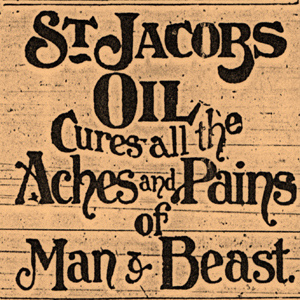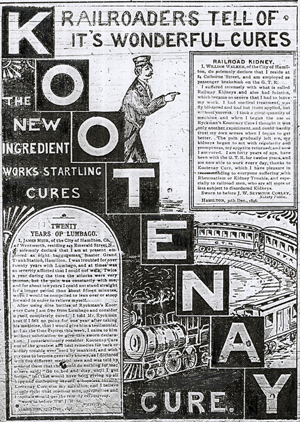 The Age of Quackery
The Age of Quackery
In the 18th and 19th century, diphtheria, smallpox, diabetes, tuberculosis, polio, pertussis (whooping cough) and other serious illnesses still plagued the world. In response, medical practitioners and charlatans developed products that offered hope to seriously ill people.
Popular during this time were treatments such as Thomsonianism (purging and sweating), Phrenology (studying the cranium), Mesmerism (using magnets to manipulate magnetic fields around the body), electrotherapy (to balance positive and negative areas of the body) and hydrotherapy (use of cold clothes applied to affected areas). None of these treatments were effective though against the devastating effects of viral and bacterial infections.
 Until the passage of the US Food & Drug Act (1906) and Proprietary or Patent Medicine Act (1909) in Canada, patent medicine maker’s claims outdid each other as they offered cures for just about every known malady. These products were typically packaged in colourful boxes or glass containers. Glowing endorsements inevitably accompanied advertisements associated with the products. Opium, cocaine, heroin, morphine and alcohol were common ingredients in these products.
Until the passage of the US Food & Drug Act (1906) and Proprietary or Patent Medicine Act (1909) in Canada, patent medicine maker’s claims outdid each other as they offered cures for just about every known malady. These products were typically packaged in colourful boxes or glass containers. Glowing endorsements inevitably accompanied advertisements associated with the products. Opium, cocaine, heroin, morphine and alcohol were common ingredients in these products.
Photograph (right): Chilliwack Progress. (June 6, 1949). Advertisement for St. Jacobs Oil. Chilliwack, B.C.: The Chilliwack Progress, pp. 2.
Photograph (left): Chilliwack Progress. (February 17, 1897). Advertisement for Kooteay Cure. Chilliwack, B.C.: The Chilliwack Progress, pp. 4.

